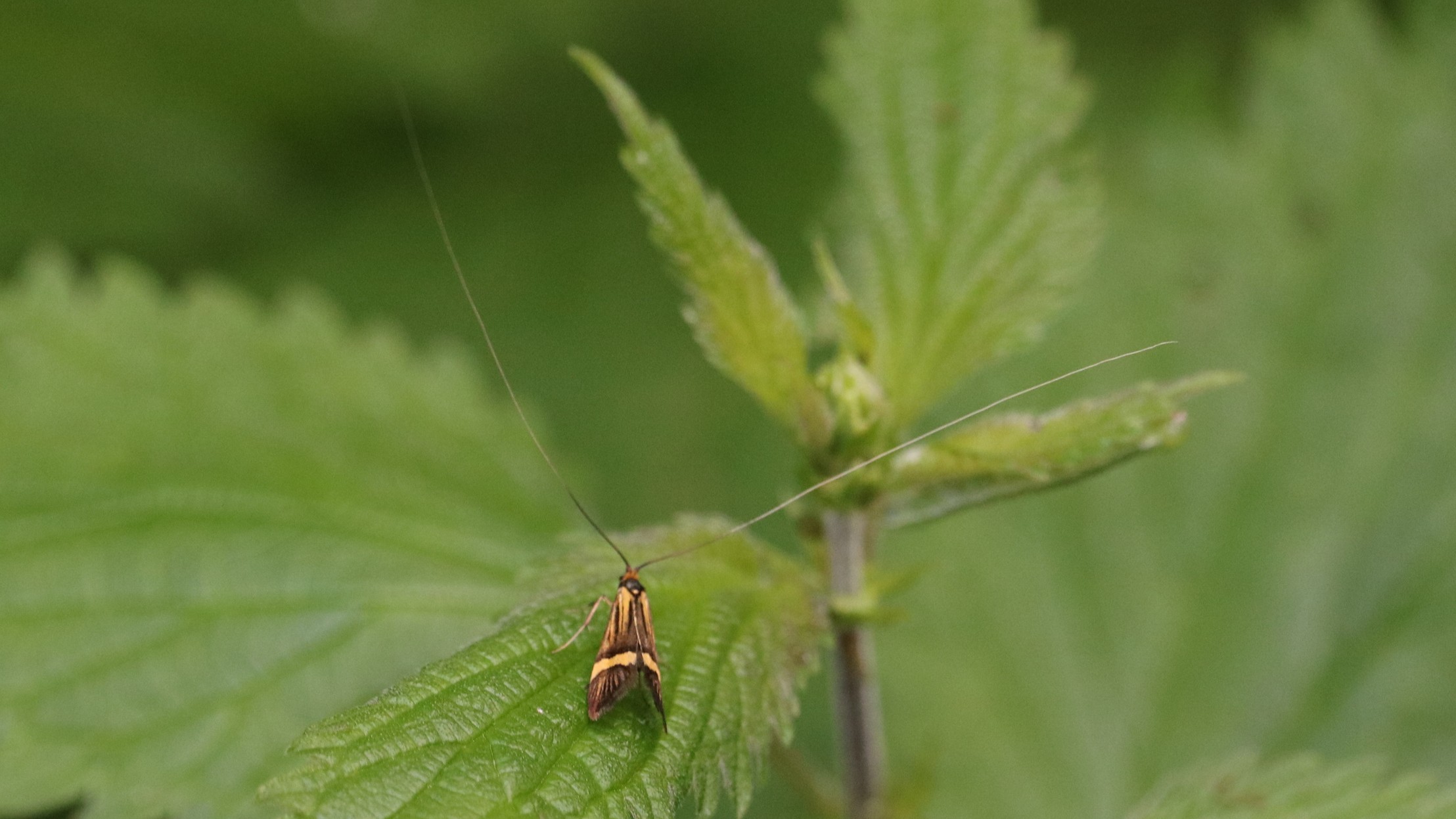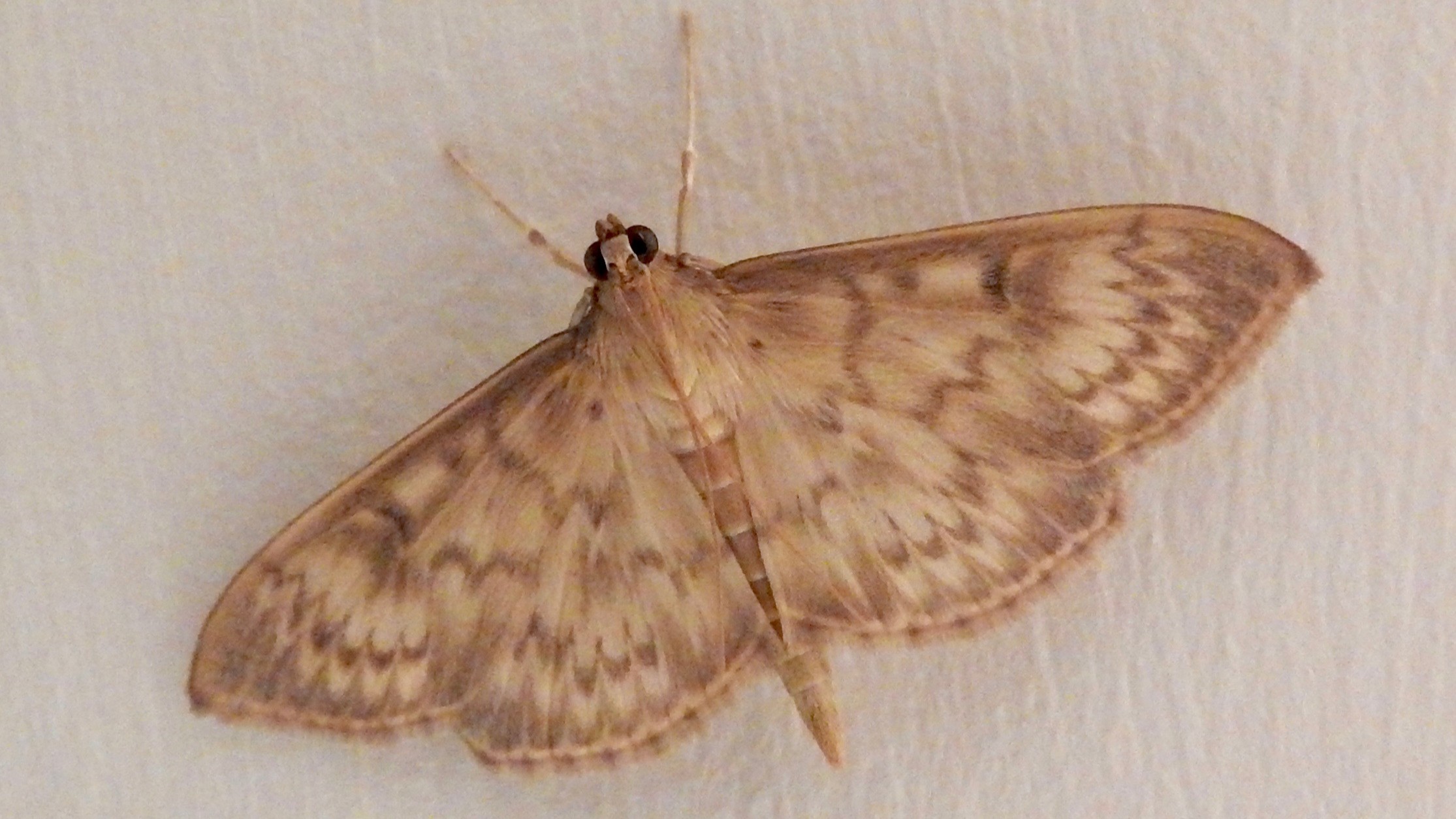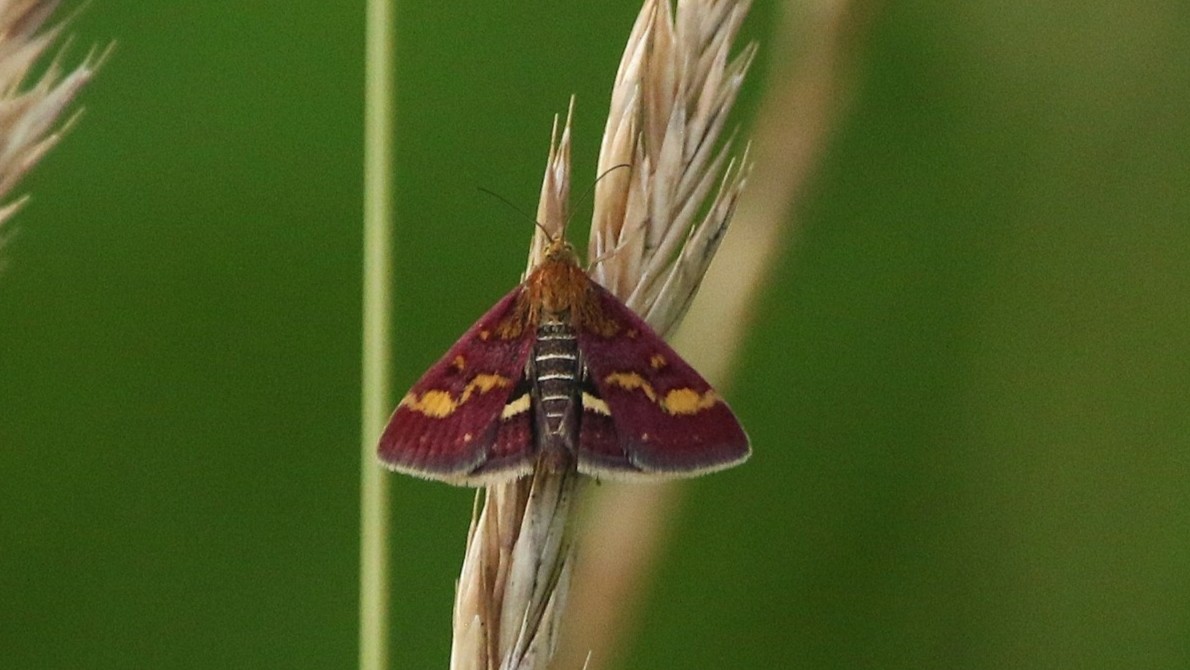
While butterflies steal the spotlight, London’s days hum with a quieter magic—vivid burnets, metallic plusias, and ghostly plume moths flitting through parks and alleys. On July 31st, meet the Six-spot Burnet’s claret wings, the Hummingbird Hawkmoth’s dizzying flight, and micromoths smaller than a fingernail. Learn why some moths mimic snuffboxes, others glow like brass, and where to find these tiny marvels before summer slips away.
Return on July 31st—your garden will never look the same again.


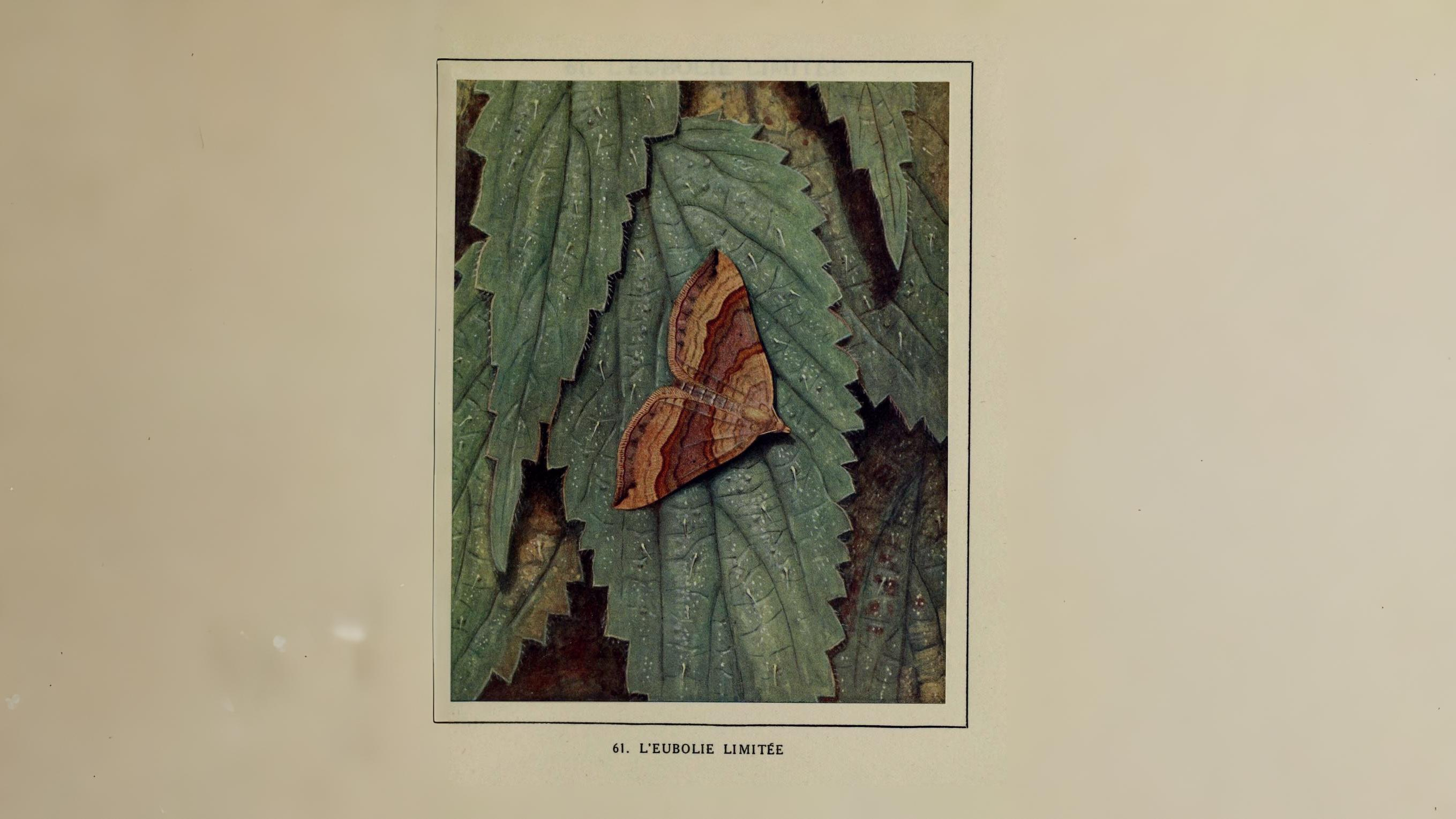

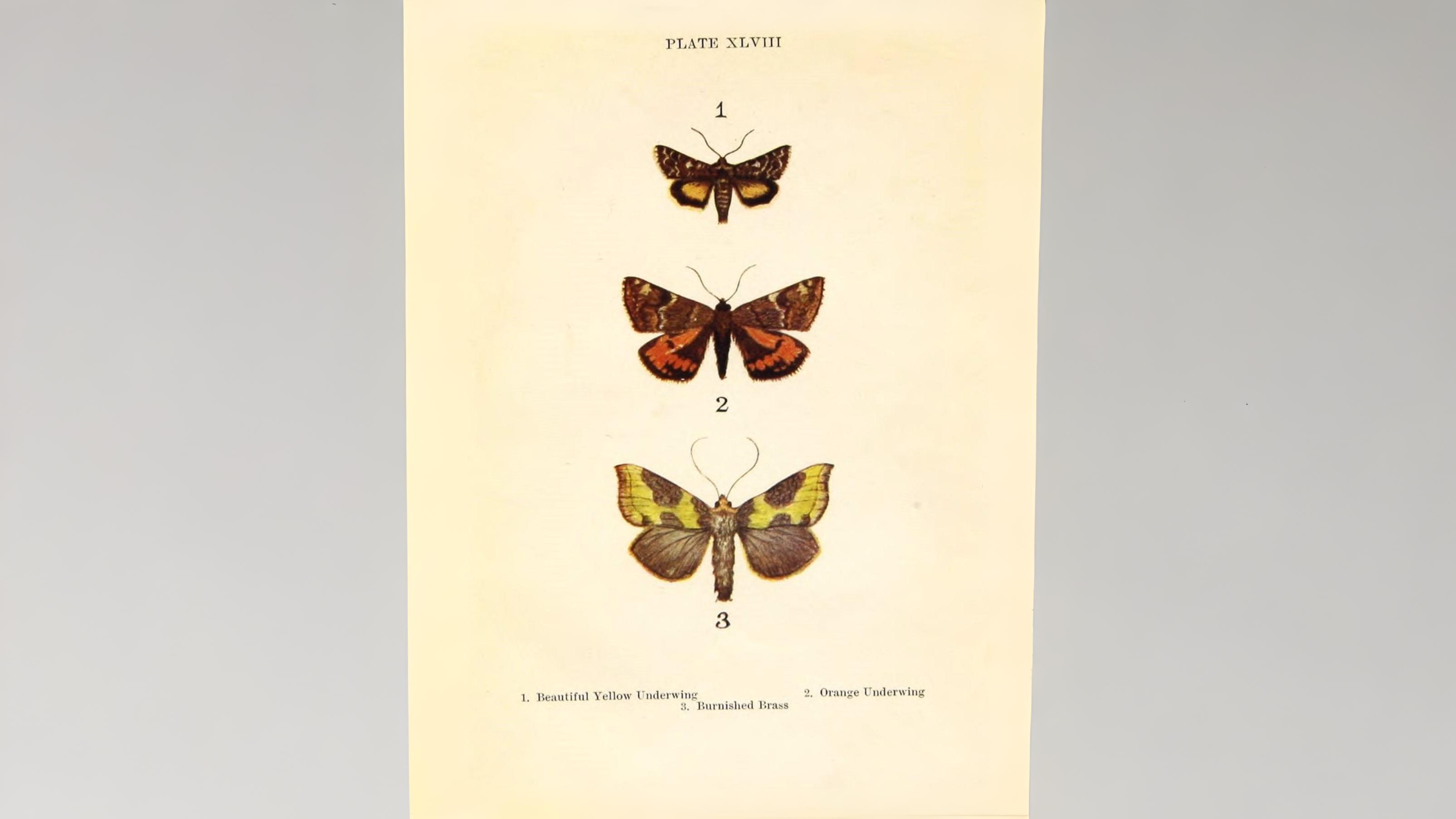

The moths most often seen are the typical dull coloured noctuids or owlets which are attracted to our windows and outside lights at night. The name owlet comes from the fact that they nearly all just fly at night. The Double square-spot is one of the most common and widespread and easy to identify.


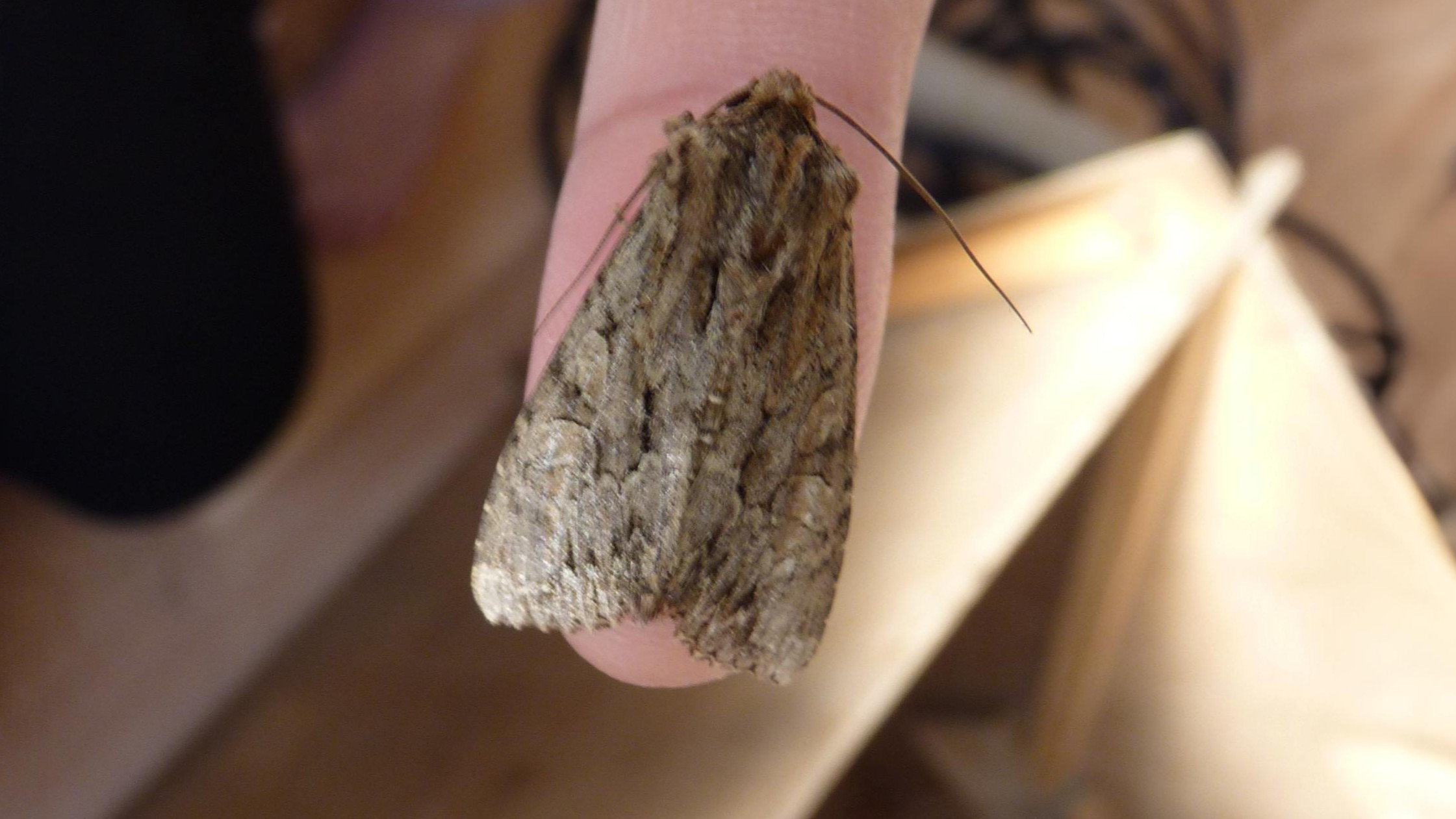



Yet another attractive group of medium-sized brown moths with interesting patterns and fine metallic markings are the plusias. To aid identification, they have a prominent tuft of scales on their thorax which can look almost like a small hump. The ubiquitous Silver Y is one that is very well known, but other common species include the Beautiful, Plain golden Y, Burnished brass, Golden plusia and the Spectacle.
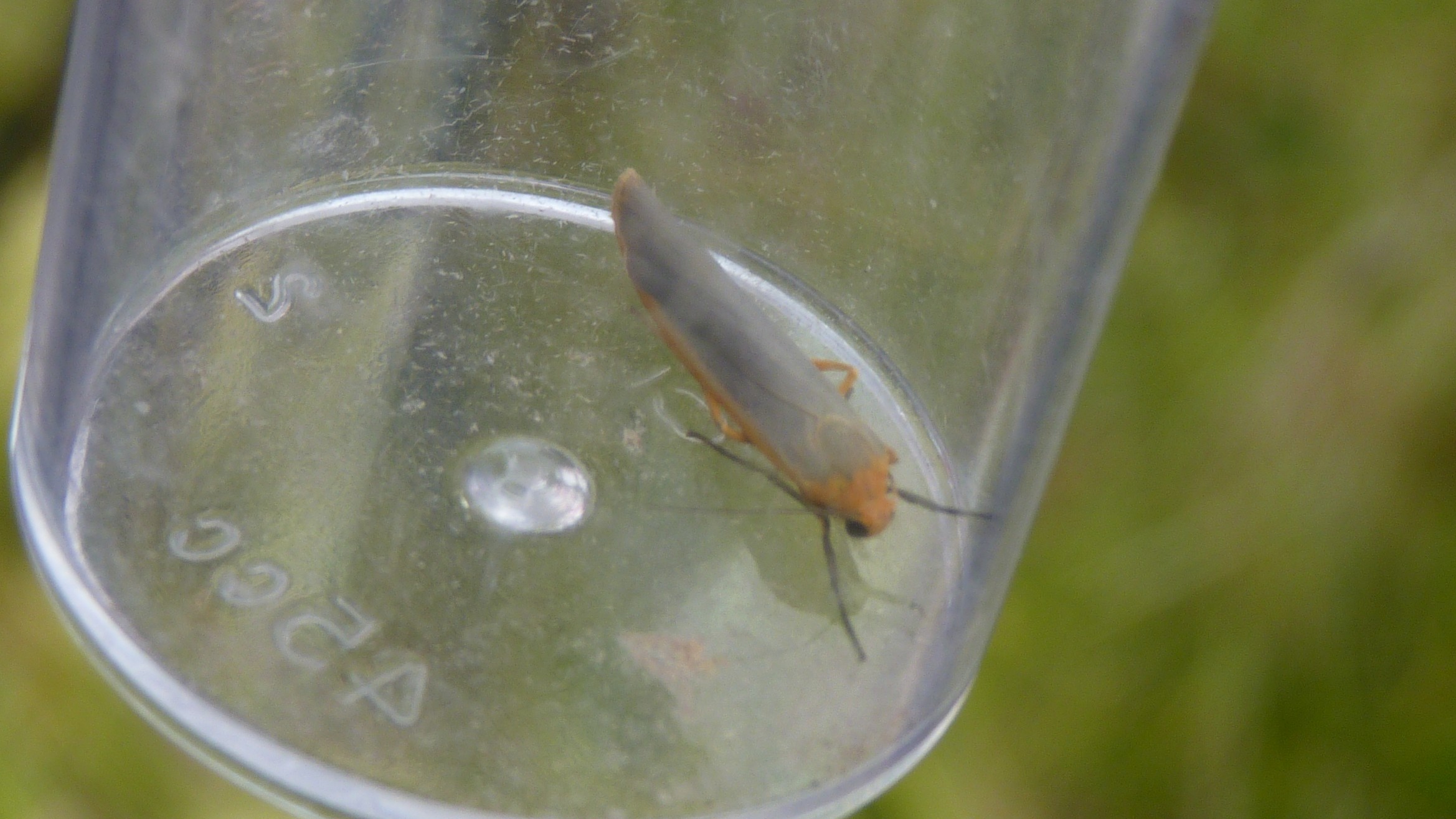

As already mentioned there are many micromoths. Even though there are over a thousand in Britain most go totally unnoticed, usually due to their small size and often dull colours. They can be as small as 1½ mm. in length and have larvae so small they can live between the top and bottom of a leaf blade creating the blotches and mines we see on many leaves at this time of year. However, among them there are a small number of more colourful species that often get seen this month.


